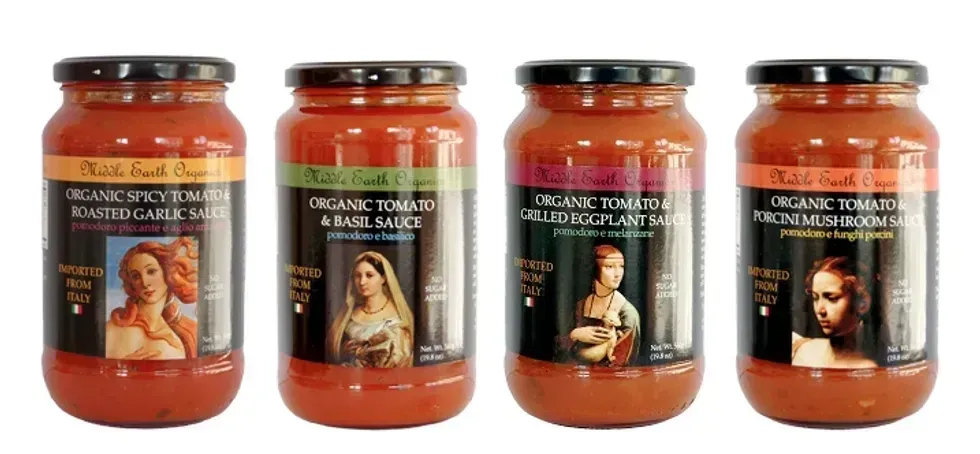Pueblo Jones is out on a mission to track down indigenous artifacts that were stolen through colonization. His adventure-filled quests won’t stop until he has reclaimed the objects and returned them to their rightful owners: the communities where they were taken from.
This Indiana Jones-esque tale comes from the mind of Lee Francis, an educator, writer, publisher, and bookstore owner with roots in the Laguna Pueblo tribe of New Mexico. Francis wants to subvert the stereotypical depictions of indigenous peoples through the creation and support of Native American comics. And, not unlike the character he created, he wants to put the power to own one’s narratives and culture back in the hands of the originators.
[quote position="full" is_quote="true"]We can foster a different understanding of Native identity.[/quote]
For Francis, the graphic novel provides the perfect platform for shifting and flipping Indigenous narratives. “That’s the best strategy on how to change hearts and minds. Give me something exciting to read and we can foster a different understanding of native identity,” Francis says.
Francis grew up with a father whose prolific career as an educator and advocate for Native writers meant moving back and forth between coasts. But one constant remained for him — his summers were always spent in New Mexico. It was there that, with his father’s encouragement, Francis picked up comics at a local drug store. He gravitated to the visually engaging grandeur of Marvel’s stories. “What really engaged me is the superhero, and the narrative arc, and the epic scale,” he describes.
[quote position="full" is_quote="true"]The visuals are so important because it’s how you perpetuate how indigenous people are seen.[/quote]
After receiving his doctorate in education and following in his father’s footsteps as an educator (with a particular focus on workshops around writing, public speaking, and theater for Native youth) Francis returned to that childhood passion for the comic book. He founded Native Realities, a publishing and distribution company he describes as “an indigenous imagination company.”
Through Native Realities, he produces and distributes graphic novels and comics created for, and by, indigenous peoples around the world. A year ago, he opened Red Planet Comics, perhaps the only bookstore in the world dedicated solely to indigenous-penned graphic novels and comics. In addition to the publishing endeavors, Francis also created Indigenous Comic-Con, which happens once a year in Albuquerque.
For the self-proclaimed “Indigenerd,” being a proponent of Native-created comics goes beyond a childhood hobby — it’s about taking ownership of narratives that have been co-opted and distorted by mainstream media for far too long.
It’s also a way to imagine new realities and create vehicles for identity formation at time when Native youth lack culturally appropriate representation. Due to the inherent visual nature of these books, it’s a perfect medium to subvert and complicate the typical representation of Native peoples.
[quote position="full" is_quote="true"]It’s for Native kids to see themselves as superheroes.[/quote]
“Comics marry the visual with the story. The visuals are so important because it’s how you perpetuate how indigenous people are seen,” Francis explains. “If you keep seeing the shaman, or the Native on a horse, if that’s all you see, then no matter what it’s already an uphill struggle.” Because comics are mass media product, it’s an effective medium for reaching a wide-audience with disruptive stories. “The idea is to access the market in the exact same way, whether it’s for Native kids to see themselves as superheroes or non-Native kids and how they see their friends and Native identity in the U.S.,” Francis says.
Indigenous cultures have a rich history of both visual and oral storytelling that has survived thousands of years despite systems of forced assimilation. Often acting as a form of survival, storytelling could be used to share pertinent information and preserve culture. “With the visual medium, it allows us to draw back to traditional stories, to our stone stories, our petroglyphs — those are the first comic books,” Francis says. The comic or graphic novel medium allows current indigenous storytellers to borrow from those traditions while engaging with modern themes and styles. “We came back and told the stories over and over again, and as we build a new narrative, we expand and build on those traditional stories [in a way] that makes sense for the modern world we live in.”
[quote position="full" is_quote="true"]These comics create complex narratives that blend tradition, history, and futurism while often commenting on current issues.[/quote]
Red Planet Comics distributes books like “Tales of the Mighty Code Talkers” which details and expands the stories of Native American Code Talkers who used their languages to safely deliver classified information during the wars of the 21st century. “Deer Woman: A Vignette” comments on violence against Native women through an empowering narrative where Deer Woman, a mythical woman who lures and kills men with her hooves, defends victims of sexual assault. The digital comic is available for free and includes self-defense techniques for women. “Tribal Force,” one of the first Native comics, delves into the Dine belief of parallel universes through the eyes of a young woman. Futurism and tradition blend as the young Dine girl is tasked with saving civilization by using the powers that afford her the ability to see various realities and outcomes. These comics create complex narratives that blend tradition, history, and futurism while often commenting on current issues.
By owning all aspects of creation from production to distribution, Francis is able ensure the stories being perpetuated are representational and don’t fall into shallow tropes. As he explains, oftentimes Native creators are told to “make things more Native,” which typically translates to adding stereotypical elements like feathers, shamans, and tragedy. Native Realities, and its physical extension Red Planet Comics, affords creators the opportunity to tell stories on their own terms without having to worry about distilling their narratives for wide audiences.
These platforms serve as one alternative to the problems of representation. Through these graphic novels, Native youth can relate to and be inspired by these inclusive narratives. “Kids need as many options to enforce their identity and who they are. We need to create the alternative because if we are not doing that, then we can’t change the other,” Francis says. “They’re not just passive consumers, they get to be inspirited by the work and tell their own stories. They get to be the superhero of their stories.”














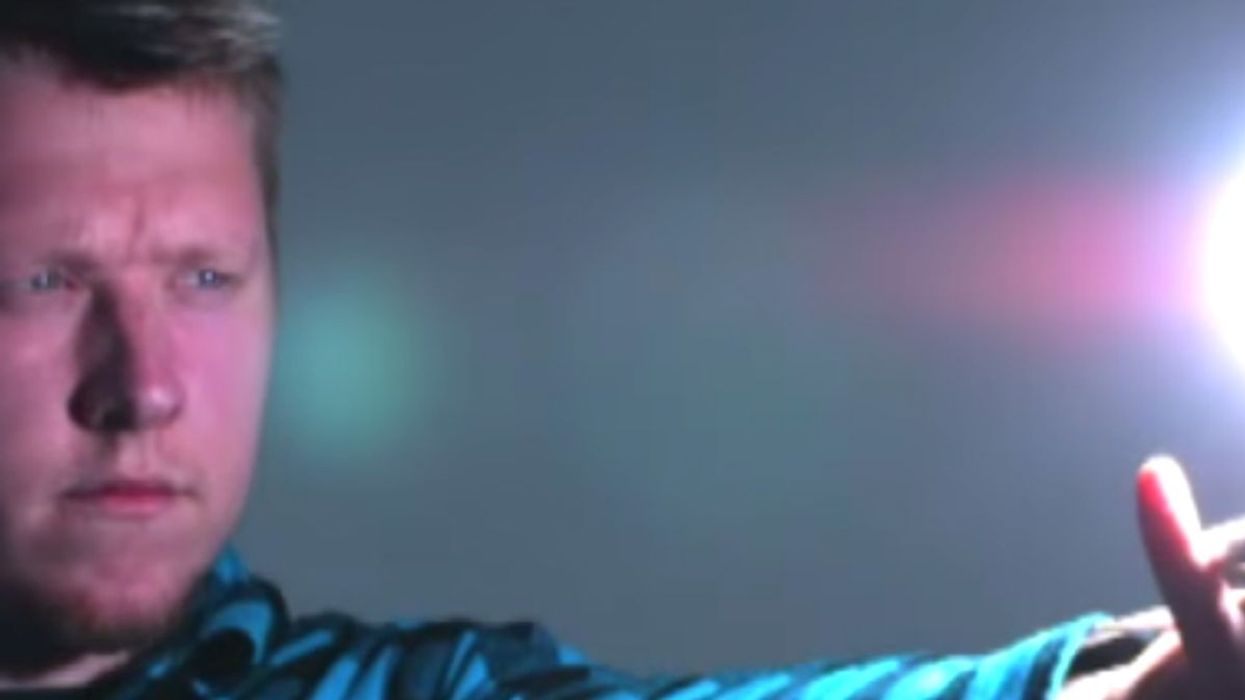
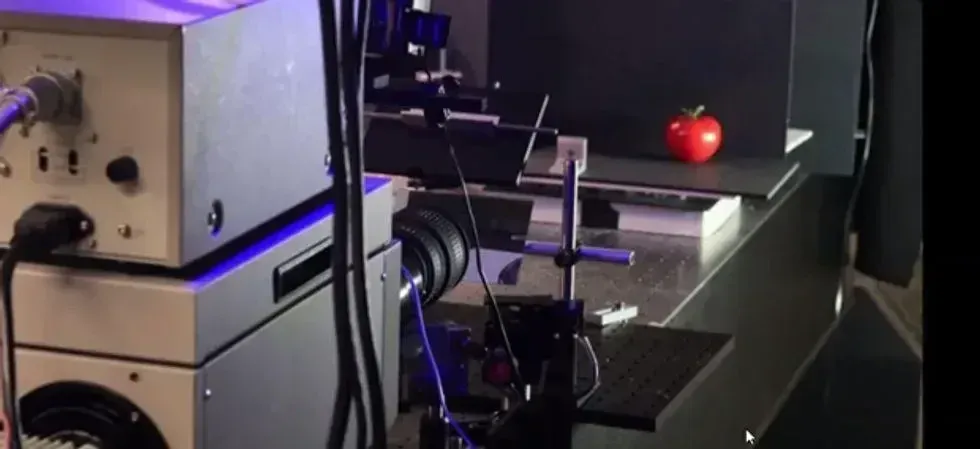

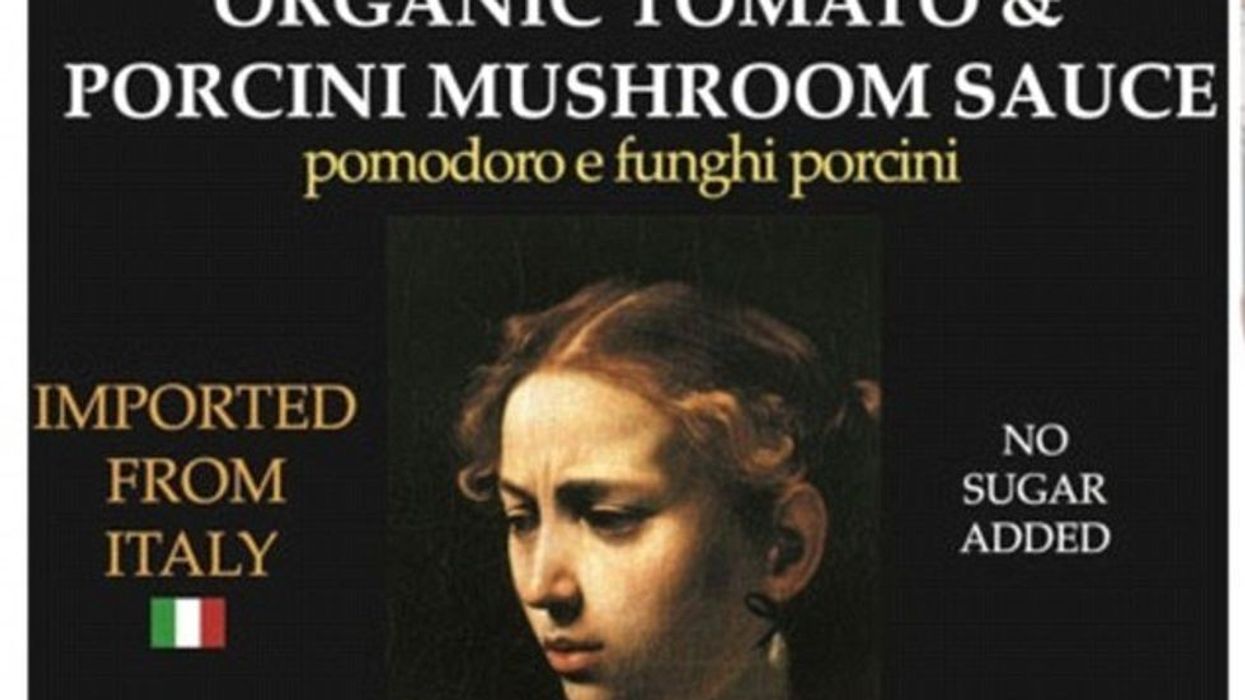
 Label for Middle Earth Organics' Organic Tomato & Porcini Mushroom Sauce
Label for Middle Earth Organics' Organic Tomato & Porcini Mushroom Sauce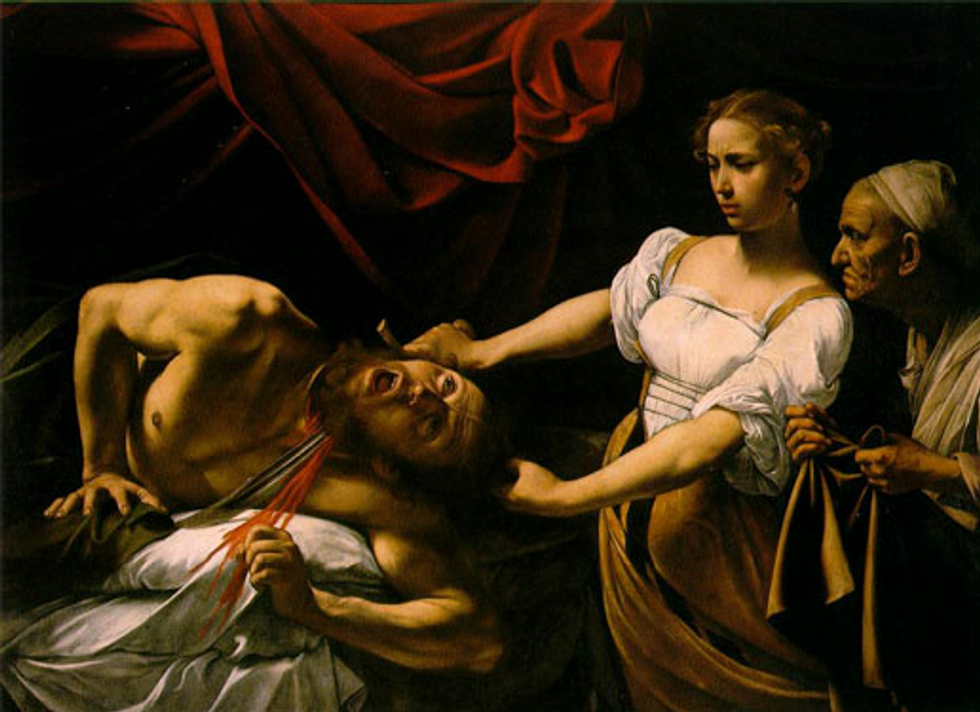 "Judith Beheading Holofernes" by Caravaggio (1599)
"Judith Beheading Holofernes" by Caravaggio (1599)